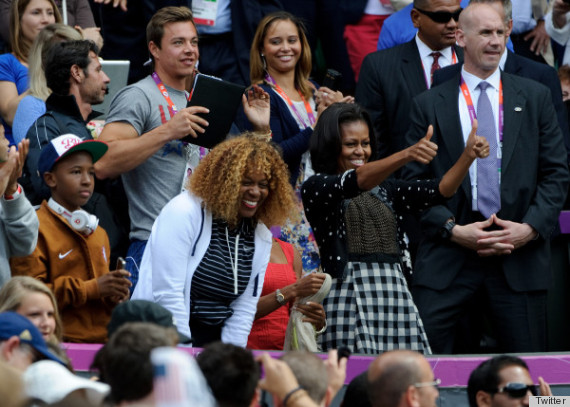I plan to use APPARTS to analyze the letters we looked at during our field trip to the Massachusetts Historical Society. I plan to use the letters exchanged between Henry Cabot Lodge and Theodore Roosevelt.
- AP PARTS-When analyzing a primary source document
o Place & time: when was this written? Where?
o Prior knowledge: what else do you know about this?
o Audience: who is this intended for? Clerics? Crown? Merchants? Workers?
o Reason: why was it created?
o The main idea: what point is this source trying to convey?
o Significance: why is it important? So what? Inferring importance from data.
I plan to use OPTIC to analyze the Pears’ Soap “The White Man’s Burden” advertisement from Ron Woolley’s workshop.
- OPTIC – When analyzing a visual
- Overview – look it over for all of its aspects
- Parts – what are the pieces that make up this picture, photo
- Title – does the title reveal anything
- Interrelationships – how do the items/people/subjects of the visual interrelate?
- Conclusion – what can you draw from this visual?

